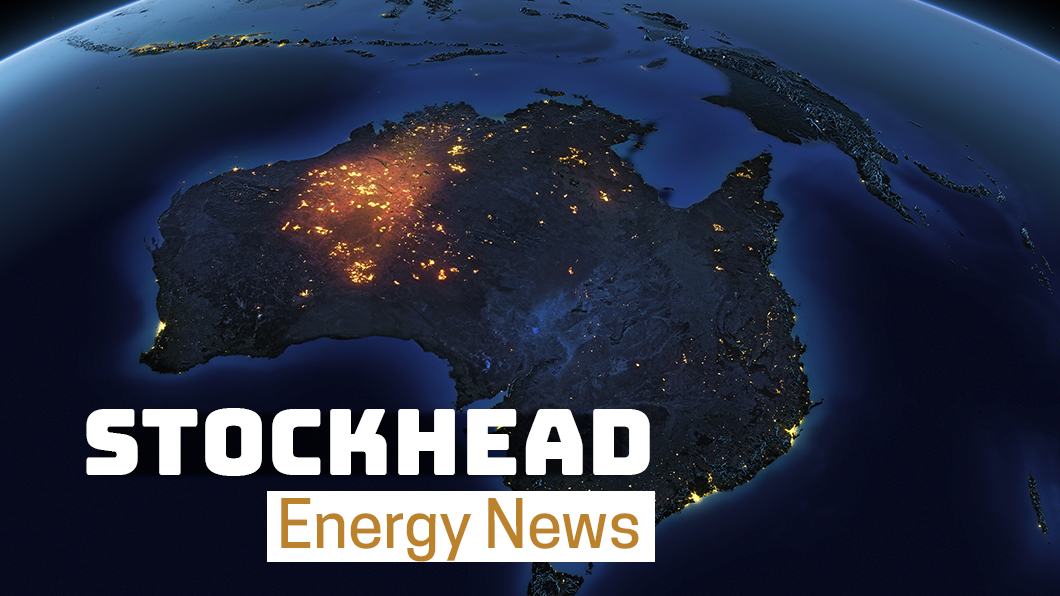Bottling Australian sunshine: South Korea is keen to enter the hydrogen future

Pic: Matthias Kulka / The Image Bank via Getty Images
Australia has placed considerable focus on becoming a leader in the hydrogen economy, which offers the promise of both reducing the country’s carbon emissions and serving as a new export commodity.
In fact, a joint report between the Australian Academy of Technology and Engineering (ATSE) and South Korea’s prestigious National Academy of Engineering Korea (NAEK) has indicated that Australia could be a world-leading hydrogen exporter by 2030.
“Our Korean counterparts clearly view Australia as a source of clean hydrogen, essentially continuing Australia’s role as a reliable supplier of fuels while contributing to the fight against climate change,” ATSE president Professor Hugh Bradlow said.
This belief has resulted in at least one Korean speaker describing potential Australian clean hydrogen as “bottling Australian sunshine”.
“Just two or three years ago, international discussions around a possible hydrogen industry were focused on developing the tech, and the conversation has moved from ‘is it possible?’ to ‘when do we start?”
Fuelling the hydrogen future
In a workshop involving 50 leading Australian and South Korean experts, the ATSE and NAEK noted that Australia was uniquely positioned to drive the global shift towards clean hydrogen energy due to its extensive renewable energy resources, expertise and infrastructure.
But the path to clean “green” hydrogen – where the hydrogen is produced using renewable sources – is a challenging one.
The workshop participants noted that producing green hydrogen was currently quite expensive.
As a results, “grey”, “black” or “blue” hydrogen (produced from natural gas or coal, with or without carbon capture and storage) would have an early role to play to establish the feasibility of a hydrogen supply chain.
While clean energy pundits would no doubt bemoan the need to use fossil fuels to kick start the hydrogen economy, parallels could perhaps be drawn to the gradual replacement of coal and gas fired power plants with solar and wind power parks.
The ATSE and NAEK also note that in the longer term, potential importers will require Australia to produce hydrogen with little or no emissions.
New technology or significant increases in the performance of existing technologies will also be required to achieve the goal of hydrogen exports by 2030.
Government-to-government agreements may also be required to nurture industry development where Australia is the supplier and energy-hungry South Korea is a keen purchaser of hydrogen.
The various Australian states already seem to make it a point to beat each other to become the forerunner in this race.
The New South Wales government has targeted the blending of up to 10 per cent hydrogen into its gas networks by 2030, while Queensland has selected Gladstone as the site for a proposed multi-billion chemical complex for the production of green hydrogen and ammonia at an industrial-scale.
Work is ongoing towards completion of Australia’s first coal-to-hydrogen plant that will produce hydrogen directly from the brown coal mined in Victoria’s Latrobe Valley, while Western Australia has provided $1.68m in funding for seven renewable hydrogen projects in the state.
Tasmania has also unveiled aggressive plans to leverage its abundant renewable energy resources to become a world leader in large-scale renewable hydrocarbon production with the goal of building a 1,000-megawatt facility capable of supplying 1 million homes by 2030.
The private sector has also been active, with Toyota Motor Company Australia announcing last week that it has completed the first stage of its new Hydrogen Centre at the Altona site in Melbourne’s west.
This comprises the education centre that is designed to demonstrate the role hydrogen power can play in the future of both the transport industry and broader energy economy.
While the centre cannot be opened at this stage thanks to the COVID-19 pandemic, once completed, it will be able to produce up to 60kg of hydrogen per day from water by electrolysis with power provided by a 500-kilowatt solar array.
Related Topics

UNLOCK INSIGHTS
Discover the untold stories of emerging ASX stocks.
Daily news and expert analysis, it's free to subscribe.
By proceeding, you confirm you understand that we handle personal information in accordance with our Privacy Policy.








